Boeing’s Culture Crash
Boeing’s culture crashed before the planes did
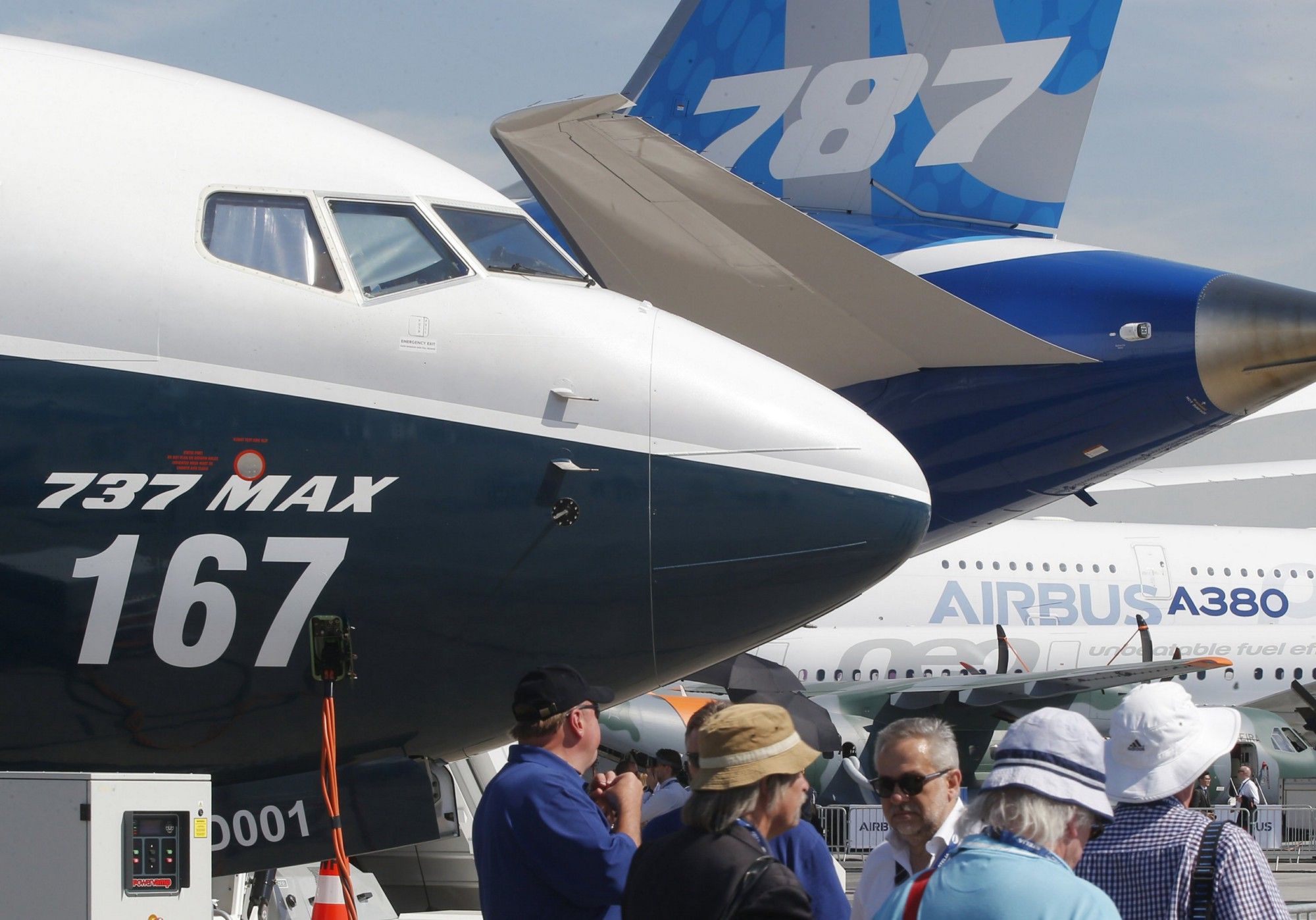
This is a three part series. It is followed by the nightmare of the 787 Dreamliner and finally the 737 MAX going down.

Before Boeing planes began crashing, their culture did. You can see it all in their logo.

Boeing’s logo was once just BOEING, in a bold, stolid font. In 1997, however, they ‘acquired’ McDonnell Douglass. ‘Acquired’ in the sense that a host acquires a virus. You can see the McDonnell logo crash into Boeing and insert its DNA. Today, Boeing has the McDonnell Douglas logo in front of it. It was symbolic of the cultural lobotomy that was to come.
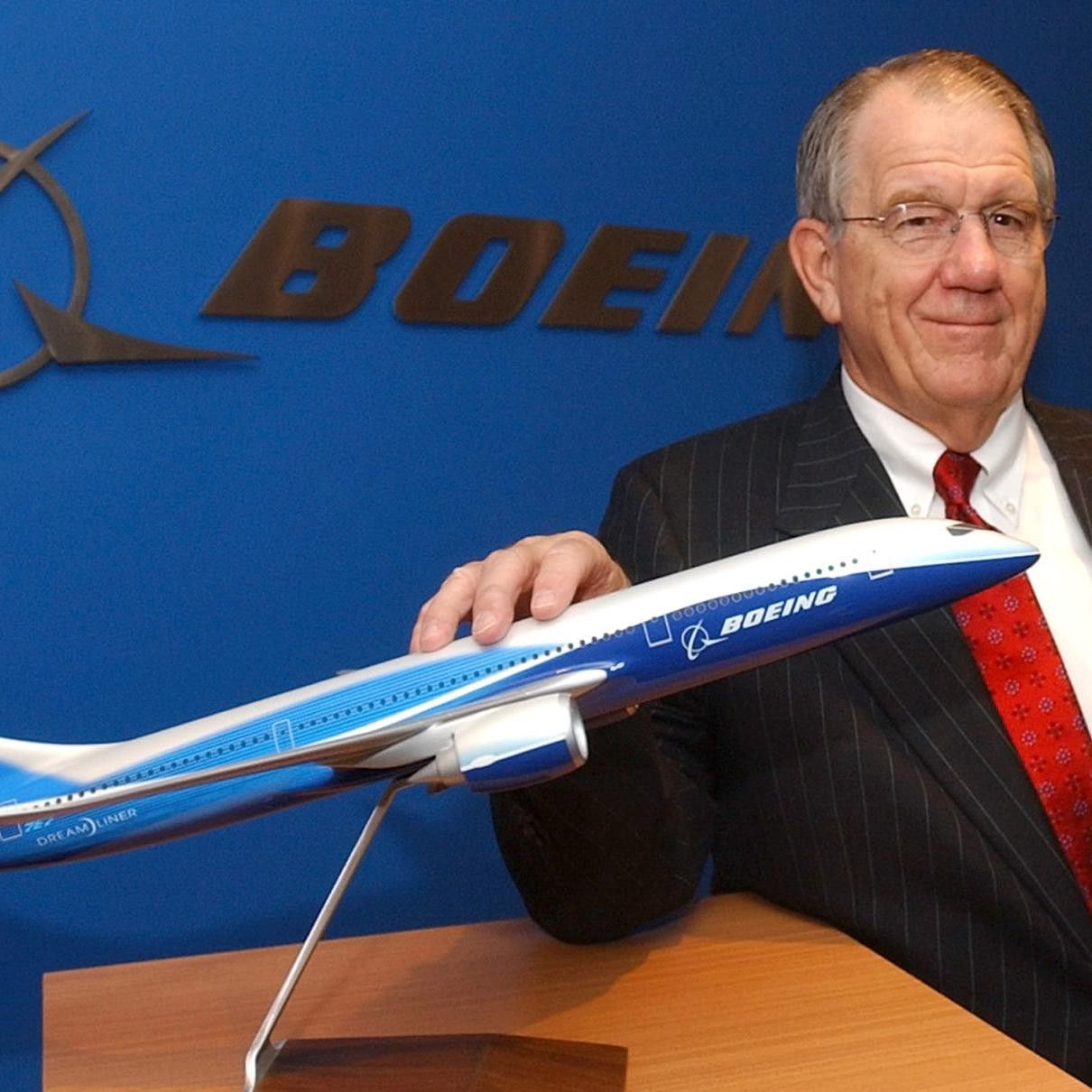
The failing McDonnell inserted their CEO, Henry Stonecipher, as Boeing’s President and eventual CEO. He took an axe to Boeing’s company culture.
As Stonecipher said:
“When people say I changed the culture of Boeing, that was the intent, so that it’s run like a business rather than a great engineering firm,” he said. “It is a great engineering firm, but people invest in a company because they want to make money.” (Chicago Tribune, 2004)
What Stonecipher had tattooed on his right knuckles from his GE days was RONA. Return On Net Assets. Returns being money, assets whatever it took to make planes. His management philosophy was more returns, fewer assets.
RONA is just a ratio (income/net assets) and the simplest way to increase it is to just dump assets. If you sell your laptop you’ve suddenly increased RONA. You can’t do any new work, but for a while, the paychecks will continue to come in. Stonecipher used this tactic to goose up McDonnell for sale, and he thought it could work wonders for Boeing.
Stonecipher’s plan was to outsource as much of Boeing’s business as possible. This would enable him to fire engineers, get rid of factories and boost RONA. The stock price would go up, shareholders could cash out, and the board would be happy. A simple feat of financial engineering.
But not great plane engineering. In a scathing critique, Boeing engineer Dr. L.J. Hart-Smith wrote the memo Outsourced Profits in February of 2001.
A strong case is made that it will not always be possible to make more and more profit out of less and less product and that, worse, there is a strong risk of going out of business directly as a result of this policy. (Dr. L.J. Hart-Smith, 2001)
Hart-Smith showed that getting rid of assets was actually more expensive and should be viewed as a cost. Outsourced suppliers would need constant communication. Outsourced parts wouldn’t fit together. Delays were inevitable, and Boeing would be left holding the bag. Over time the company would end up outsourcing its core competency — the ability to innovate and create great airplanes. RONA may work for commodity companies, but for constantly innovating businesses like airplanes, it would be a disaster.
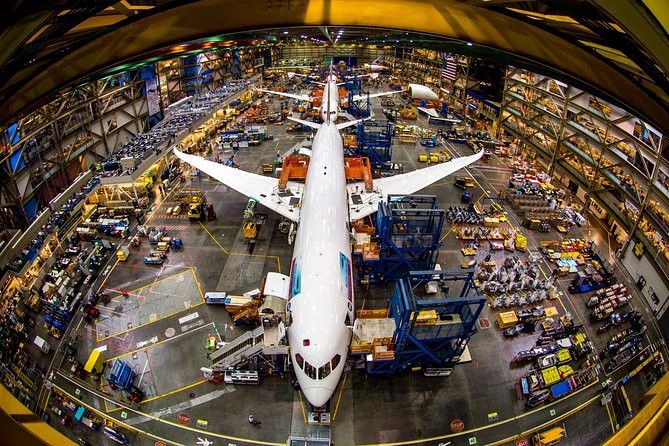
Hart-Smith turned out to be terribly right, and it wasn’t just him. Stan Sorscher, a Boeing physicist and union leader tried to warn the leadership as well.
In 2002, Sorscher, who had started working for the union full time, made his case to a Wall Street analyst in Seattle, arguing that bottom-line business models did not apply to building airplanes. The analyst cut him off. “You think you’re different,” he said, according to Sorscher. “This business model works for everyone. It works for ladies’ garments, for running shoes, for hard drives, for integrated circuits, and it will work for you.”
Taken aback, Sorscher said: “Let’s build an airliner with this business model. If it works, you and everyone who looks like you will be happy. And if I’m right, then we’ll all be very unhappy.” (The New Republic)
Outside experts also warned of the same thing.
“If in fact there’s a reverse takeover, with the McDonnell ethos permeating Boeing, then Boeing is doomed to mediocrity,” the business scholar Jim Collins told me back in 2000. “There’s one thing that made Boeing really great all the way along. They always understood that they were an engineering-driven company, not a financially driven company. If they’re no longer honoring that as their central mission, then over time they’ll just become another company.” (The Atlantic, 2019)
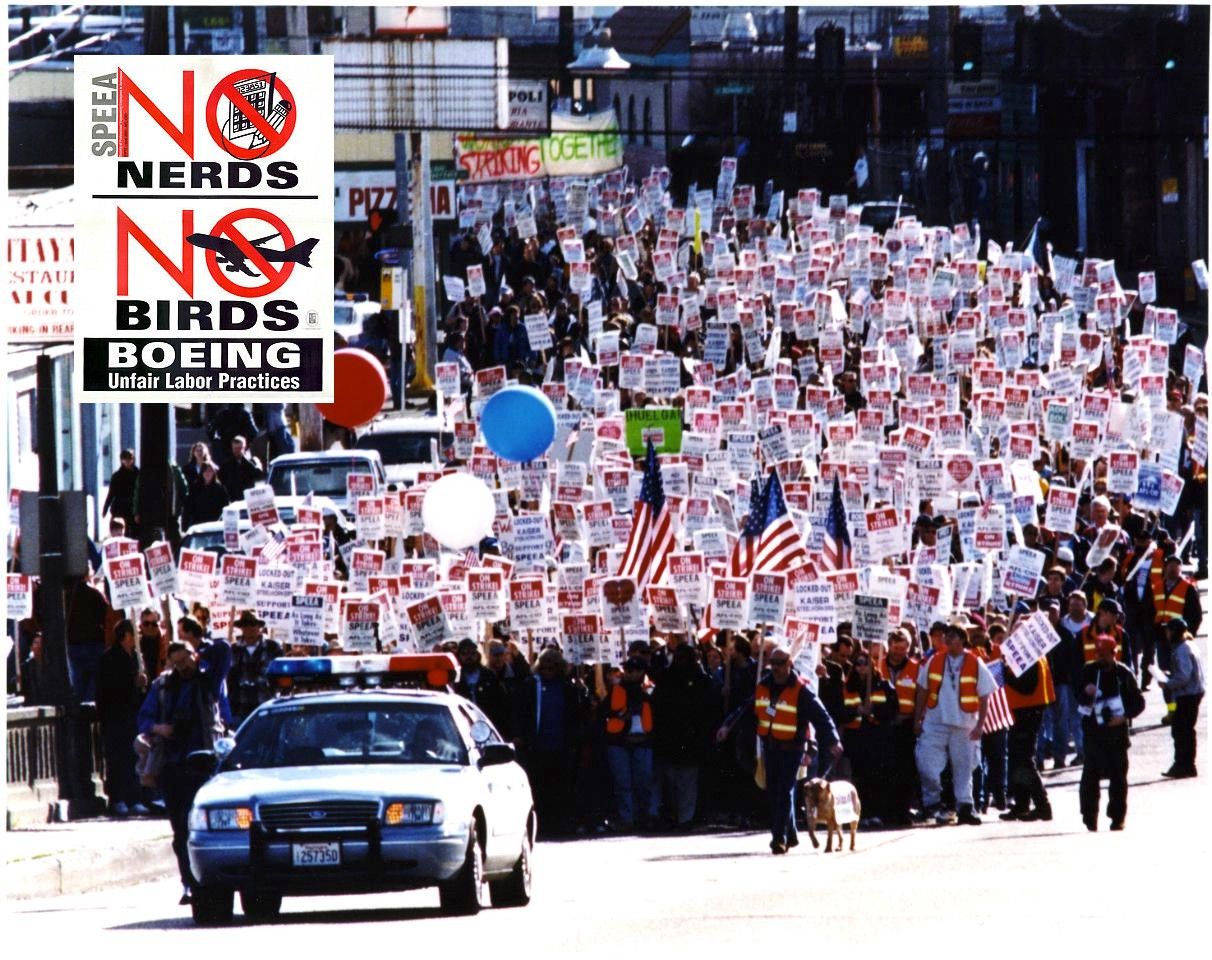
All of the warnings didn’t matter. The employee's striking didn’t matter. The leadership wasn’t listening. They left the room, they left the building and they even left the city of Seattle entirely; ending 85 years of knowledge and culture in one flight.
In May 2001, Stonecipher and CEO Phil Condit got on board a plane with no set destination. They landed in Chicago, thus revealed as the site of the new Boeing headquarters. Five hundred cost-cutters were moving into a Chicago skyscraper while the costs (ie, engineers) were being kept 1,700 miles away in Seattle.
Needless to say, Boeing employees were pissed.
An ethics review Boeing commissioned last fall [2003] at the request of the Air Force found employees “almost universally” pine for the days before the McDonnell Douglas merger. “In those days, ‘people were treated as people, not numbers,’” the report said, quoting a worker.
Employees “at every level” believe the company needs to foster more open and honest discussion, the report said. On safety issues, people speak up. “However, when one has other bad news to deliver, it is broadly perceived as ‘career limiting’ or, at least, not welcome,” the report said.
Many employees in interviews described the old Boeing as a “democracy” that valued debate and a group approach to problem solving. After the merger, Boeing became more authoritarian. (Chicago Tribune, 2004)
It didn’t matter. The McDonnell virus had completely inserted its logo, leadership, and DNA. Boeing was now fully lobotomized. With full control of its host, financial engineering began.
It started with the simplest operation. Looting. The board began approving a series of share buybacks, $70 billion worth since 1998. Money that could have financed new airplanes was simply given away. Since 2014, Boeing has diverted 92% of operating cash flow to buybacks and dividends.
The next financial innovation was a classic private-equity bust-out. One-third of the employees were laid off, mostly in Seattle, shedding hundreds of years of experience and institutional knowledge. In their place came outsourced suppliers, exactly what Hart-Smith had warned about, with the exact same results.
But not yet. This was the airplane business, with a product lifecycle measured in decades. The financial engineering was spitting out cash now, and the consequences were still years in the future.
It was in many ways like the infamous mafia bust-out of a restaurant in Goodfellas.
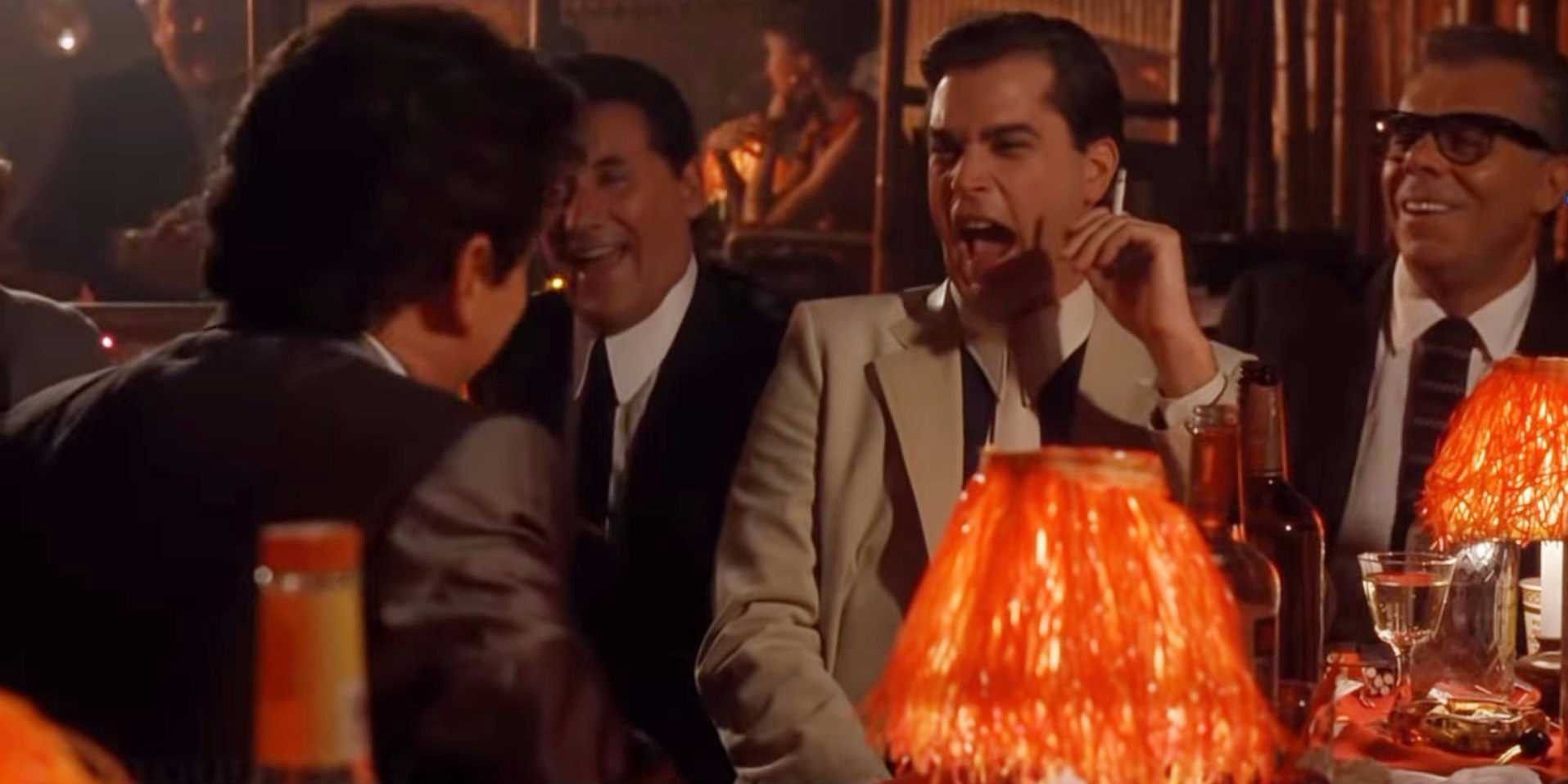
Paulie could do anything. Especially run up bills on the joint’s credit. And why not? Nobody’s gonna pay for it anyway. And as soon as the deliveries are made in the front door, you move the stuff out the back and sell it at a discount. You take a two hundred dollar case of booze and you sell it for a hundred. It doesn’t matter. It’s all profit.
The board could do anything. They ran up bills for outsourcing and pretended like it was a cost-saving. The costs would only explode later. By that time the shareholders were paid, the executives had retired, and the board would never be held accountable. It didn’t matter. It was all profit.
Boeing’s new culture did what it was supposed to do. It made money. It just didn’t make very good planes. Every single release since the takeover has been grounded by authorities for safety issues and, ultimately, horrific fatalities. And you can trace it all back to a fateful logo change in 1997. That’s when the culture crashed, but it would take decades for the bodies to hit the ground.
This is a three-part series.